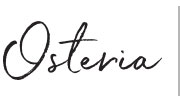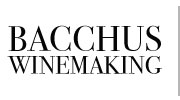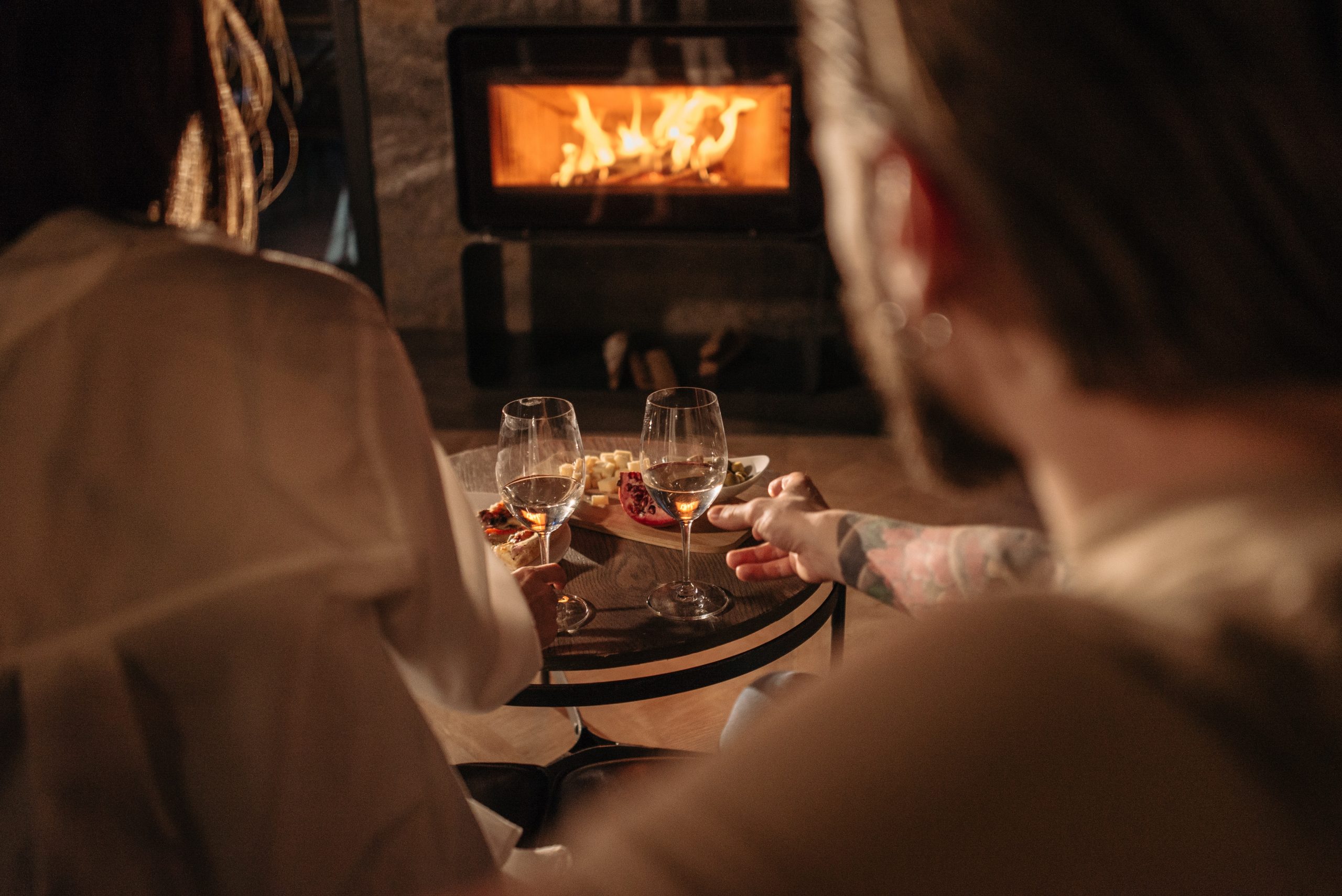
Exactly How Sweet is Sparkling Wine?
We get one question in our Osteria and wine club all the time – How sweet is sparkling wine?
There is a whole world of sparkling wines out there. From Cava to Prosecco to the iconic Champagne, we can’t get enough of bubbles, especially in a fun and fancy flute glass. Yet, when you head to the grocery store – it can be quite overwhelming to understand which sparkling wine to buy. Even more so, which wine will suit your preferred level of sweetness.
Sparkling wines can be made in a variety of sweetness levels – from exceptionally dry to even sweet, like the beloved Moscato D’Asti. Understanding dryness in sparkling wines can be a bit nuanced as it’s related to the amount of residual sugar in the wine. So, we are breaking down the sweetness levels into an easy guide to make your life easier.
How Sweet is Sparkling Wine?
All the sweetness levels you need to know and what they mean.

Brut
Brut sparkling wines basically translate to dry sparkling wines. Though they aren’t the driest, brut sparkling wines contain very little residual sugar, usually less than 12 grams per liter. Brut is the most common style of sparkling wine. It’s typically crisp and super refreshing, adored for how easy they are to pair with many different kinds of food. So, if you’re hosting a party – Brut may be the way to go!
Extra Brut
The name tells us exactly what these wines are – Extra Brut sparkling wines are even drier than Brut. They have less than 6 grams per liter of residual sugar. Extra brut wines are particularly dry with a crisp, clean finish. For those wine drinkers who find brut to still be a little sweet or bodied, this is the wine to choose.
Brut Nature or Zero Dosage
These sparkling wines are the driest of the bunch. Brut Nature (also known as Brut Zero or Zero Dosage) has no added sugar. The added sugar we are referring to is the dosage typically added to sparkling wines after the secondary fermentation, resulting in an extremely dry wine with less than 3 grams per liter of residual sugar. They offer a pure expression of the grape and terroir, with a very crisp and bone-dry taste.
Extra Dry
This one always confuses wine drinkers the most. Despite its name, extra dry sparkling wines are slightly sweeter than Brut (or dry). We don’t know precisely why – you can blame the French! Though they did give the world Champagne, so we will let this one go. Nonetheless, extra dry sparkling wines contain between 12 to 17 grams per liter of residual sugar. They have a touch of sweetness on the palate but are still relatively dry overall.
Dry
To make the answer to ‘how sweet are sparkling wines’ even more confusing, in comes dry sparkling wines. No these are not the same as brut! Dry sparkling wines are sweeter, with just a little more sweetness than extra dry wines. To be more exact – these wines have around 17 to 32 grams per liter of residual sugar. Of course, only wine experts can really taste and detect these precise levels of sugar on their palates. But, to make things simple – dry sparkling wines are not as sweet as dessert wines. However, they have a noticeable sweetness that is much more present than in extra dry wines, which can balance out acidity and bitterness.
Demi-Sec
Finally, we arrive at demi-sec sparkling wines. When you ask: how sweet is sparkling wine, you must know that demi-sec is the sweetest! The name is again French, meaning “half dry”. These are the sweet sparkling wines, the Moscato d’Asti of the bunch. Demi-sec wines are noticeably sweet with between 32 to 50 grams per liter of residual sugar. They are often enjoyed as dessert wines or paired with sweet dishes like fruit tarts or pastries.
For our fellow lovers of bubbles, we hope this guide answers your questions about exactly how sweet is sparkling wine. When it comes to these kinds of wines, it’s essential to consider personal preference and the occasion. If you enjoy dry wines, Brut or Extra Brut sparkling wines are excellent choices. Yet, if you prefer a bit of sweetness, you might opt for an Extra Dry or Demi-Sec style. At the end of the day, the level of dryness you prefer will depend on your taste buds and what you’re pairing the wine with.






